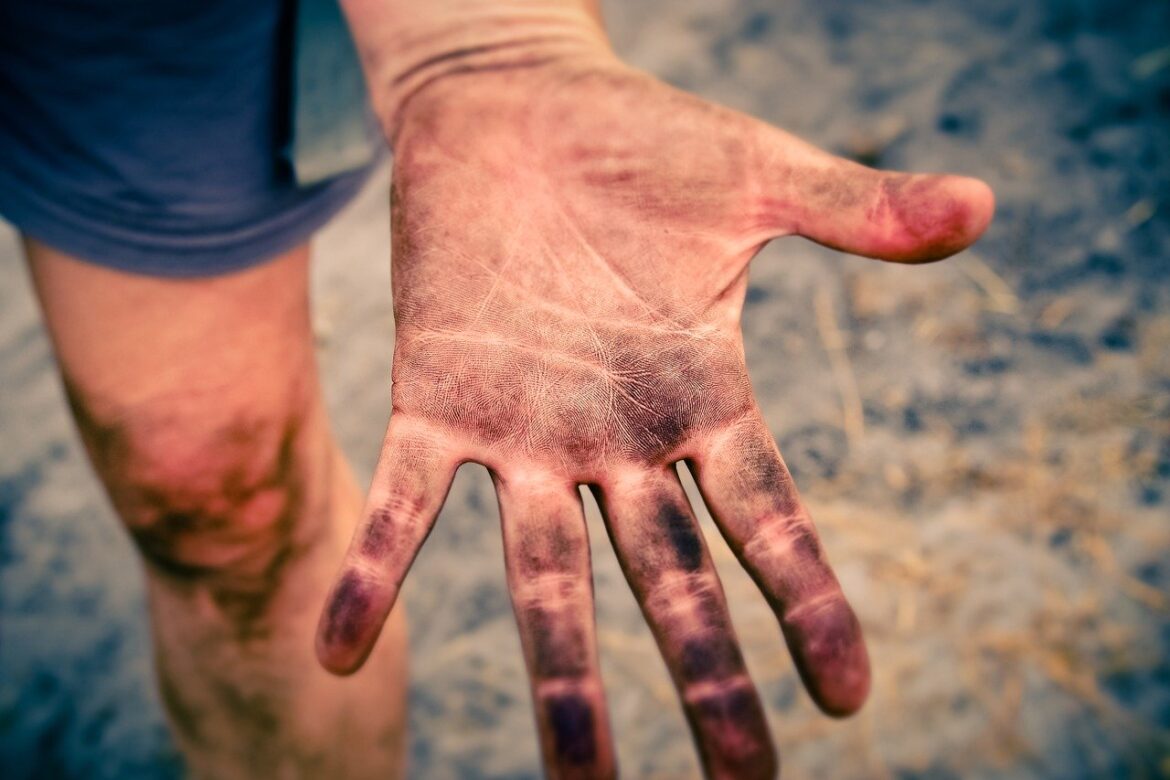What the most common hand injuries?
If you have an injury to your hand, a doctor will refer you to an Occupational Therapist or a Certified Hand Therapist for your treatment. These two disciplines have specialized training in the intricacies of the hand and upper extremity, making them great practitioners to treat hand injuries. Hand injuries come about for various reasons, including work, trauma, overuse, or sports. The three most common hand injuries are fractures/avulsions, tendinitis, and dislocations/deformities.
Fractures and Avulsions
Metacarpal Fractures account for 30-50% of all fractures in the hand, and 85% of these fractures occur in men. The most commonly fractured metacarpal is the fourth (ring finger) and fifth (small finger), usually due to a “punching” type of injury. These fractures may require external fixation, internal fixation, or both depending on the severity of the damage.
- Boxer’s Fracture- This injury typically occurs to the small finger or ring finger. This injury happens when a person’s hand in a full fist position comes into contact with a hard surface using significant force such as punching a wall.
- Bennett’s Fracture- This injury occurs at the CMC joint of the thumb (the base of the thumb) and often with ligament tears. A patient typically sustains this injury by participating in contact sports such as football or by punching a hard surface.
- Rolando’s Fracture- This injury affects the first metacarpal (thumb) with the fracture presenting in a “T” or “Y” formation. This injury is also commonly caused by contact sports or some force to the thumb.
- Jersey Finger Avulsion: This fracture gets its name because it is typically seen in football players when their finger gets caught on an opposing player’s jersey. In this injury, the patient is usually unable to bend (flex) the tip of their finger because the flexor digitorum profundus FDP) tendon pulls away from the bone (distal phalanx). This injury does require surgery to repair FDP so that the patient can bend the tip of their finger again.
- Mallet Finger Avulsion: This avulsion injury happens when a finger is forcibly bent, causing the extensor tendon (the tendon that bends the finger) to pull away from the bone. When this happens, a patient is unable to straighten (extend) the tip of their finger. Depending on the severity of the injury, it may be able to be treated without surgery by wearing a specialized splint continuously.
Tendonitis
- De Quervain’s Tenosynovitis- This tendonitis is caused by swelling in two tendons in the thumb. Patients complain of pain over the thumb side of the wrist, pain that can travel down to the tip of their thumb or forearm. De Quervain’s pain is typically exacerbated by pinching motions or the combined motion of bending the thumb in towards the palm of your hand while also bending the wrist towards the small finger.
- Trigger Finger- This injury can occur in any of the fingers; however, it is most commonly seen in the ring finger and thumb and occurs more commonly in women than men. Trigger finger is caused by a swelling in the affected tendon, causing a nodule to form along the tendon. When this nodule forms, the finger cannot smoothly complete flexion and extension, causing a catching or locking in the affected finger. There are both operative and nonoperative treatments available, depending on the severity of the inflammation.
Dislocations and Deformities
- Boutonniere Deformity- This deformity presents with the affected fingertip in hyperextension. The middle knuckle (PIP joint) is in a flexed or bent position due to a rupture in the central slip tendon. Treatment includes a custom splint that will need to be worn for up to 6 weeks.
- Swan Neck Deformity- This deformity presents with the affected fingertip in a fully flexed or bent position while the middle knuckle (PIP joint) is hyperextended. A swan neck deformity can cause several things such as arthritis in the hand, a trauma, or cerebral palsy.
- Dislocations- Finger dislocations are commonly seeded at the middle knuckle of the index, middle, ring, and small fingers. The finger may present being “crooked” with pain and swelling. When you see the doctor, they may do an x-ray to see the joint position and determine if there is also a fracture. If the doctor can reduce or place the finger back into the correct spot without surgery, he/she will do so in the office. If there are other complications and the dislocation, surgery might be required to get the finger in the proper position.
If you have any questions on any of the most common hand injuries, feel free to call or make an appointment at any of our locations!


My husband was diagnosed with early onset Parkinson’s disease at 67. His symptoms were shuffling of feet, slurred speech, low volume speech, degradation of handwriting, horrible driving skills, and his right arm is held at 45 degree angle. He was placed on Sinemet for 7 months and then Sifrol and rotigotine were introduced which replaced the Sinemet but he had to stop due to side effects. We tried every shot available but nothing was working. There has been little if any progress in finding a reliable treatment, I quit my meds due to side effects. Our care provider introduced us to Kycuyu Health Clinic Parkinson’s herbal treatment. The treatment is a miracle. My husband has recovered significantly!
what about a thumb injury. broke in two places and had to have surgery.
what about a thumb injury. broke in two places and had to have surgery.